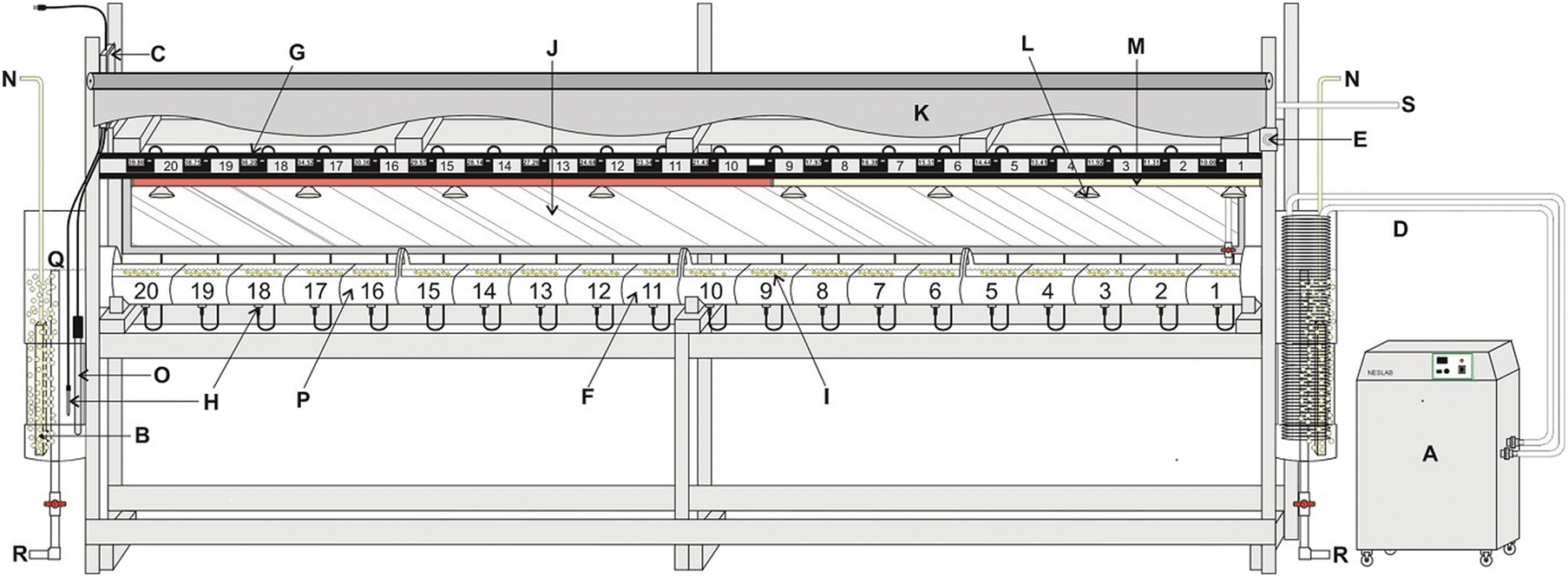The fowlr tank was a stumble onto those temps. Long story short, heater was crapped out for over a year and I didn't know it. Fish were doing fine with just the house temp swings and the lighting 2x 150w MH bulbs + hood kept the temps in relative check. House was usually around 70 degrees (so. Cal weather).That's what I'm seeking. Those outside the norm of what was established by someone we don't know yet actual experience showing it's practical.
My current 120g, the heater never cycles on, like ever.




















